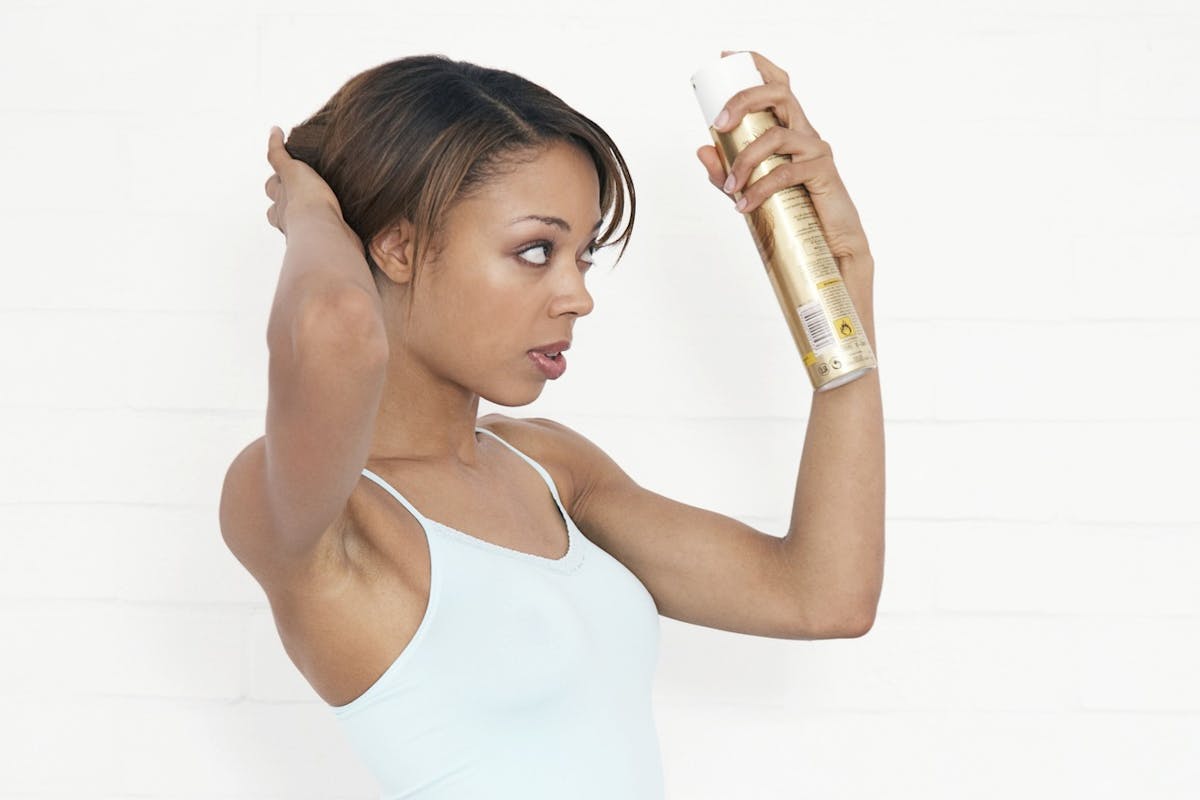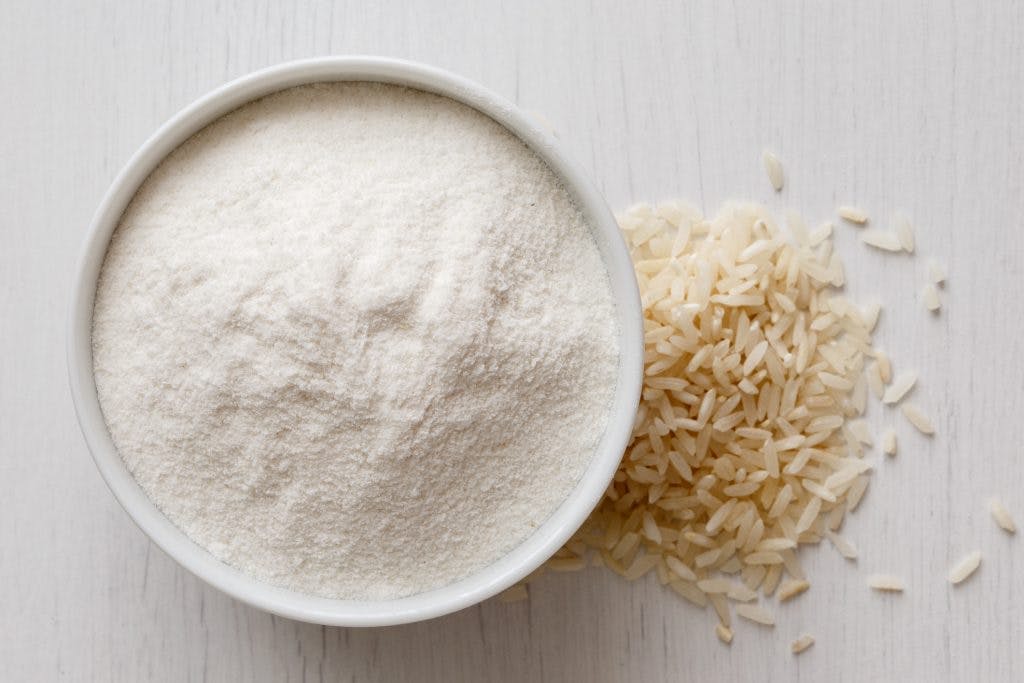Dry shampoo is a summer staple for wicking away oil and keeping hair fresh on no-wash days, but many dry shampoos contain a host of ingredients that can hamper healthy hair growth.
The main culprits in dry shampoo are paraben-laden fragrances, butane (yep, the kind you light your outdoor grill with), and talc. These ingredients can affect hormones and cause irritation that interrupts the hair growth cycle, which we try to keep a “do not disturb” sign on at all times. Here’s the good news: clean dry shampoos do exist and a supplement like Nutrafol can support your hair against the effects of overstyling.
Read on for some dry shampoo ingredient education and to learn how to keep your hair fresh, clean, and growing long and strong all summer (and beyond).


